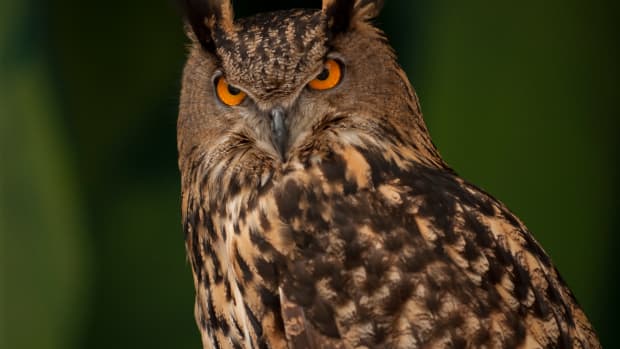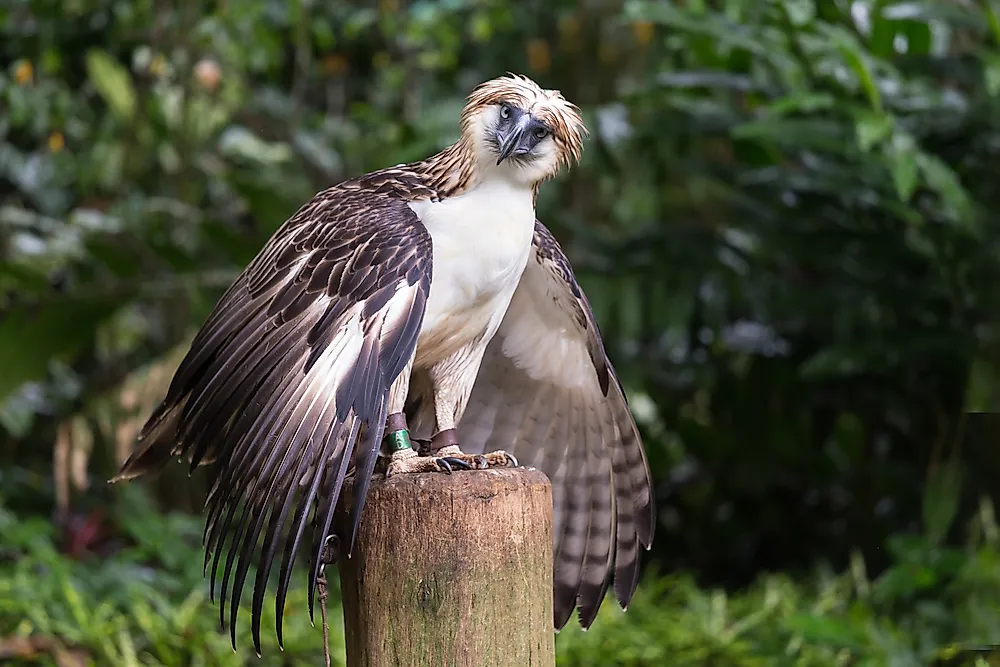
A bounty was paid for their destruction, leading to the death of tens of thousands of eagles. In the early to mid 1900s, farmers believed that Wedge-tailed Eagles killed sheep and lambs. One bird can lift 50% of its body weight!Ī large component of their diet is carrion: they scavenge on road kill and carcasses. They will hunt live prey and can work in pairs or in groups, especially when hunting large prey like adult kangaroos. The bulk of the Wedge-tailed Eagles’ diet is made up of mammals – predominantly rabbits, hares, kangaroos and wallabies – but they may also consume large birds (e.g. When food is scarce, the larger chick may kill and eat its smaller sibling. While two to three eggs may be laid, the parents typically rear only one young per clutch. After 45 days of incubation, the chicks emerge, covered in white down. A pair may have up to 10 different nests within their territory, and will often use a different nest in different years.Įggs are laid in response to local food availability. In parts of Australia where there are no large trees available, the eagles will create nests in shrubs, on telegraph poles, on cliff faces and even on the ground. Nests are usually built in the tallest tree in the vicinity, commanding an impressive view of their territory. The nests are so large that smaller birds, like finches, can nest in the underside, benefiting from the protection from predators offered by the eagles! Breeding pairs are territorial, and will defend their hunting ground and their large, impressive nests.īuilt of sticks and lined with leaves, their nests can measure 2m across, 3m deep and weigh more than 400kg! Wedge-tailed Eagles are monogamous: they mate for life. The Tasmanian subspecies (Aquila audax fleayi) is listed as Endangered under the Environment Protection and Biodiversity Conservation Act 1999. 1 While it’s listed as of Least Concern on the the IUCN Red List of threatened species, it’s fully protected in all Australian states and territories. The species is considered the most common of the world's large eagles. It’s seldom seen in rainforests or coastal heaths. It prefers wooded areas and open forests, but can be found in coastal and alpine regions. The Wedge-tailed Eagle has an extremely large range: it’s found throughout mainland Australia, Tasmania and southern Papua New Guinea.

The name Aquila audax, means bold eagle in Latin. For the Kaurna people of the Adelaide Plains, the eagle’s claw takes the form of a constellation known as Wilto (the Southern Cross). Wedge-tailed Eagles feature in many dreaming stories for Aboriginal Australians: for example, the eagle Bunjil is an important creator being for the Kulin people of central Victoria. Once on the wing, they soar with ease, circling at great heights to altitudes of 2,000m!įrom below you can see its flight feathers stretched like fingers and the wedge-shaped tail that gives the species its common name. Have you seen a Wedge-tailed Eagle take off from the ground? You might remember the bird’s heavy flight, its slow, powerful wing beats. The bird’s long powerful legs are feathered to the base of the toe. Young birds have brown feathers that become progressively darker as the bird ages mature adults are dark brown to black with white and bronze feathers on their necks and wings. It can weigh 4kg, measure 1m from head to tail-tip and has a wingspan of up to 2.3m (females are larger than males).

Like other birds of prey, it has a hooked bill and large talons. The Wedge-tailed Eagle is one of 24 diurnal (day-active) raptor species in Australia.


 0 kommentar(er)
0 kommentar(er)
